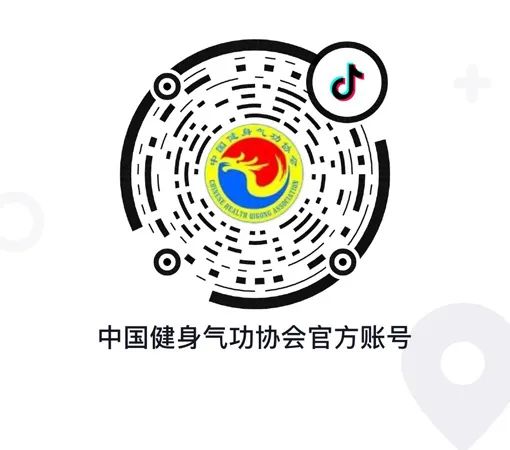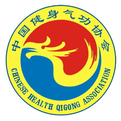The Mawangdui Daoyin technique is a set of fitness exercises based on the “Daoyin Diagram” from a collection of precious medical and health-preserving silk manuscripts unearthed in Mawangdui, Changsha, Hunan, in 1973. This technique not only inherits the essence of health preservation from predecessors but also represents the aspirations of our medical and martial arts forebears to pursue health and serve the public. This technique holds significant importance for health maintenance, enhancing well-being, and preventing and treating diseases. This article aims to interpret the principles and effects of this technique using the foundational theories of Traditional Chinese Medicine (TCM).
Preparation Posture
This posture adjusts the body to achieve a corresponding adjustment of the mind and spirit, allowing for relaxation of both body and mind, and aligning intention with action. The tongue touches the palate, commonly referred to as “bridging the magpie bridge,” which facilitates better circulation of qi in the Ren (Renmai) and Du (Dumai) meridians. It also helps relax the masticatory muscles and periodontal membranes, enhancing the secretion of bodily fluids to replenish kidney fluids, thus protecting the true yin and true yang of the body. Gazing forward helps prevent distractions that disturb the spirit, achieving a focused state, allowing the body, qi, and spirit to unify, thus entering a meditative state more quickly.
Starting Posture
Raising both palms while inhaling, and slightly lifting the heels, guides the clear qi upward. Lowering the palms while exhaling and dropping the heels, with the toes slightly gripping the ground, guides the turbid qi downward. The rhythmic movements of raising and lowering the palms, along with lifting the heels and gripping the ground, improve the circulation of qi in the extremities, warming the hands and feet. The wrist rotation during the transition between pressing and holding the palms stimulates the acupoints of the three yin and three yang meridians of the hands, promoting the flow of qi and blood, nourishing the heart and lungs, and regulating the Sanjiao (Triple Burner).
First Posture: Bow Drawing
Expanding the chest and shoulders while relaxing the shoulders and containing the chest effectively stimulates the internal organs and stretches the neck and shoulder meridians, providing excellent prevention and treatment for shoulder discomfort caused by meridian blockages. Pushing the hips left and right allows for effective movement of the coccyx, achieving relaxation of the coccyx (the relaxation of the coccyx has historically been regarded as a secret to practice). This also stretches and stimulates the Foot Taiyang Bladder Meridian, which is considered the first line of defense against external pathogens, thus ensuring smooth qi flow in this meridian significantly enhances the body’s resistance. Coordinating movements with breathing helps alleviate chest tightness and improve shortness of breath.
Second Posture: Back Pulling
Internally and externally rotating both arms enhances stimulation to the nerves, bones, muscles, and joints. TCM theory posits that regular arm rotations strengthen stimulation to the five transport points on the three yin and three yang meridians of the hands. This promotes the circulation of qi in the Heart Meridian, Pericardium Meridian, Lung Meridian, and their corresponding Small Intestine Meridian, Sanjiao Meridian, and Large Intestine Meridian, thus strengthening the heart and lungs, moistening the intestines, and regulating the Sanjiao. Lifting the heels and arching the back allows for sufficient stretching of the shoulder and back meridians, facilitating the flow of qi and improving discomfort in these areas. Regular stretching of the lateral meridians stimulates and smooths the Liver and Gallbladder meridians, promoting liver qi regulation and emotional balance. Coordinating near and far vision enhances the circulation of qi and blood in the eye meridians, effectively preventing and treating eye disorders.
Third Posture: Duck Bathing
Using the waist as a pivot to swing the arms left and right reduces fat accumulation in the waist, achieving body sculpting. According to TCM theory, the “Huangdi Neijing: On the Essentials of Meridians” states: “The waist is the residence of the kidneys.” Ming Dynasty physician Zhao Xianke in “Yiguan: On the Twelve Organs” stated: “The kidneys have two, storing essence, shaped like kidney beans, attached to the spine.” The physiological functions of the kidneys include storing essence, governing bones, and producing marrow, serving as the foundation of congenital vitality and the source of growth and development; they also govern water and the intake of qi. Therefore, exercising the waist can benefit the kidneys and replenish essence. The kidneys also govern the yin and yang of the body, playing a crucial role in maintaining the relative balance of the yin and yang of the organs. Hence, throughout history, physicians and health practitioners have placed great emphasis on nurturing the kidneys and their meridians. The hip-swinging and arm-swinging movements also facilitate the circulation of qi and blood, providing preventive and therapeutic effects for discomfort in the shoulders and waist.
Fourth Posture: Dragon Ascending
Raising both arms can smooth the qi mechanism of the Sanjiao, regulating its function. TCM considers the Sanjiao as the “solitary chamber,” responsible for the circulation of original qi and overseeing all qi, thus controlling the qi mechanism and transformation functions of the body. The Zongqi (Ancestral Qi) and Yuanqi (Original Qi) circulate through the Sanjiao. Additionally, the Sanjiao regulates the water pathways, so its smoothness is beneficial for improving discomfort caused by abnormal water metabolism and qi mechanism disorders.
Raising the heels stimulates the qi of the Foot Yangming Stomach Meridian, Foot Taiyang Bladder Meridian, and various acupoints in the feet, playing a role in disease prevention and treatment. Heel lifting also provides self-massage to the soles, stimulating the reflex zones. The book “Illustrated Foot Reflexology” describes that there are many reflex zones on the soles of both feet, where each organ can be found, and stimulating these reflex zones can prevent and treat diseases of the corresponding organs. Heel lifting also develops the strength of the calf muscles, elongates the muscles and ligaments of the soles, and enhances the body’s balance. Stretching and squatting benefits the entire body, improving the flow of qi in the neck, shoulders, waist, and legs, thus providing regulation and treatment for discomfort in these areas.
Fifth Posture: Bird Stretching
Using the waist to drive the arms outward with increasing amplitude not only massages and exercises the kidneys but also stretches and stimulates the upper limb meridians, promoting smooth qi flow and preventing and treating discomfort in the neck, shoulders, and elbows. It also regularly expands the thorax, aiding in chest relaxation and smooth qi flow, benefiting the heart and lung qi, harmonizing their functions, and fully utilizing the function of the lungs as the “master of the body’s qi.” When the Zongqi in the chest is abundant, the qi throughout the body is also abundant, leading to coordinated qi rise and fall, and normal organ qi transformation functions, thus promoting a favorable state of overall function. This posture also has preventive and therapeutic effects on respiratory and cardiovascular diseases.
Leaning forward with both palms pressing down and gazing forward; retracting the chin, the cervical, thoracic, and lumbar vertebrae move sequentially. This effectively stimulates the acupoints on the Du Mai and Foot Taiyang meridians, exercising the kidneys and bladder, invigorating their qi and blood, smoothing the meridians, and promoting health and disease prevention; it has certain therapeutic and preventive effects on heart and lung diseases, upper limb diseases, gastrointestinal diseases, waist and abdominal diseases, and lower limb diseases.
Sixth Posture: Abdominal Pulling
Regularly rotating the arms inward and outward promotes the smoothness of the three yin and three yang meridians of the hands, aiding in strengthening the heart and lungs, regulating the Sanjiao, and moistening the intestines. This is beneficial for preventing and treating discomfort in the shoulders, elbows, and hands. Slightly bending the right knee while pushing the left hip outward; slightly bending the left knee while pushing the right hip outward stimulates the internal organs and the lateral meridians of the legs, such as the Foot Yangming Stomach Meridian, Foot Taiyang Bladder Meridian, and Foot Shaoyang Gallbladder Meridian, alleviating symptoms like indigestion, abdominal bloating, and discomfort in the lateral abdomen.
One palm on the top of the head with the palm facing up, and the other palm on the hip with the palm facing down, fully stretching the abdominal cavity, stimulating the spleen meridian, achieving the effects of strengthening the spleen and stomach. The Foot Taiyin Spleen Meridian primarily runs through the chest and abdomen, serving as the external reflection line of the spleen. Through this guiding action, the spleen meridian can be repeatedly stimulated, smoothing the meridians and enhancing the spleen’s functions of governing blood and transportation, allowing the spleen to effectively transform the essence of food into qi, blood, and bodily fluids, which are then distributed to all organs and tissues by the heart and lungs to meet the body’s needs for life activities. This action also prevents and treats diseases caused by spleen dysfunction.
Seventh Posture: Owl Gaze
Extending the arms and pulling the shoulders, with the head and neck extending forward, effectively stimulates the Heart Meridian, Lung Meridian, and Sanjiao Meridian. This posture has preventive and therapeutic effects on neck and shoulder diseases, respiratory diseases, cardiovascular diseases, and digestive system diseases.
Stepping forward and lifting the leg to kick, with the foot flat and toes pointed, effectively stimulates the acupoints around the ankle, which is where the “Yuan point” is located. The Yuan point is where the original qi of the organs is infused, passing through and stopping at the acupoints of the twelve meridians in the limbs, maintaining the normal physiological functions of the twelve meridians. The purpose of ankle movements is primarily to stimulate the Yuan point, enhancing self-massage. “If the five organs are diseased, one should take from the twelve Yuan points,” indicating the importance of the Yuan point in preventing and treating internal organ diseases. Therefore, the movements involving the ankle joint not only enhance the physiological functions of qi and blood circulation in the meridians and coordinate the yin and yang but also improve the meridians’ ability to resist pathogens, reflect pathological symptoms, and adjust the treatment of deficiency and excess, thus maintaining upright qi, calming the five organs, and strengthening the body.
Eighth Posture: Waist Pulling
Both palms raised to the abdomen, rubbing along the Dai Mai to the back, stimulating the qi of the Dai Mai. The Dai Mai regulates the qi of the longitudinal meridians, preventing the qi from descending. It also governs women’s leukorrhea. Therefore, this posture has preventive and therapeutic effects on diseases caused by qi descent and gynecological leukorrhea issues. Leaning forward and backward, bending sideways and twisting, regularly stretches the back and abdominal meridians, promoting smooth qi flow, especially stretching the Ren and Du meridians, thus regulating the yin and yang qi and enhancing the functions of the brain, marrow, and kidneys, benefiting women’s menstrual and reproductive functions. It also effectively exercises the muscles of the waist and back, preventing and treating discomfort in the waist.
Leaning forward to the appropriate position and then twisting the neck can regulate the smoothness of the neck meridians, providing preventive and therapeutic effects on neck discomfort.
Ninth Posture: Goose Flying
Tilting the body left and right effectively stimulates the Foot Shaoyang Gallbladder Meridian and the Foot Jueyin Liver Meridian, where the liver’s physiological functions include storing blood and regulating qi flow, thus achieving smoothness of qi throughout the body. Therefore, this technique can regulate the circulation of qi and blood, balancing qi and blood, and calming the mind and body. It also has certain regulatory effects on digestive functions and emotions.
Tenth Posture: Crane Dancing
This posture primarily involves the forward and backward swinging of the arms, twisting of the torso, and lateral gazing of the eyes. Although the movements are simple, they require the entire action to be expansive and fluid, achieving coordination of body, qi, and spirit. This effectively promotes the circulation of qi and blood throughout the body, playing an important role in adjusting overall bodily functions, and has preventive and therapeutic effects on cardiovascular and respiratory diseases. Twisting the torso and looking back can smooth the Ren, Du, and Dai meridians, enhancing spinal flexibility and balance. Additionally, it has certain preventive and therapeutic effects on discomfort in the neck, shoulders, back, and waist.
Eleventh Posture: Back Breathing
Raising the arms outward and expanding the chest while exhaling can guide qi to circulate in the chest and abdomen, uplifting yang qi, nourishing the marrow sea, and regulating the qi mechanism of the Sanjiao, thereby improving discomfort such as shortness of breath, chest tightness, dizziness, and blurred vision, and also preventing and treating discomfort in the neck and shoulders. Standing can develop the strength of the calf muscles, elongate the muscles and ligaments of the soles, and enhance the body’s balance.
Twelfth Posture: Yin Folding
Extending and rotating the arms benefits the smoothness of the hand meridians and regulates the qi mechanism of the Sanjiao, having certain preventive and therapeutic effects on cardiovascular and respiratory diseases, as well as preventing and treating shoulder discomfort. Leaning forward in the Yin Folding position can stretch the Du Mai, stimulating its qi, thus benefiting health and disease prevention. This effectively stimulates the internal organs and spine, providing preventive and therapeutic effects on respiratory and digestive diseases, as well as discomfort in the joints of the spine.
Closing Posture
Both palms are placed in sequence against the chest, upper abdomen, and lower abdomen, then pressing the palms to visualize the Yongquan (Kidney 1) acupoint, allowing the qi to flow from top to bottom, achieving smoothness of qi throughout the body. Crossing the tiger mouths and placing them on the navel guides the qi back to the source, nourishing the central qi, strengthening the original qi, nourishing the organs, and balancing yin and yang. This has a significant effect on regulating overall bodily functions.
In summary, the above interpretations of TCM are consistently woven throughout the “Fitness Qigong: Mawangdui Daoyin Technique.” This guiding method is characterized by following the meridians and aligning intention with action, achieving a state where body, qi, and spirit are unified. The movements are designed around the opening and closing, lifting and lowering, twisting and stretching of the limbs, focusing on smoothing the qi mechanism and circulating qi and blood. It is an ancient, elegant practice that integrates internal and external cultivation, encompassing self-cultivation, health preservation, entertainment, and appreciation. Additionally, the movements are graceful, transitions are smooth, safe and reliable, easy to learn, suitable for different groups, and have the effects of disease prevention, health enhancement, and longevity.
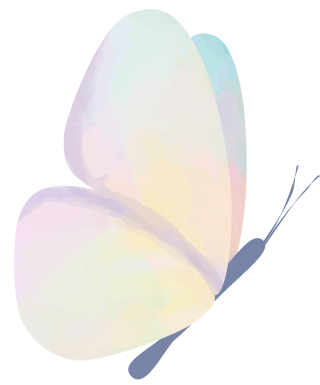
Scan the QR code to follow us
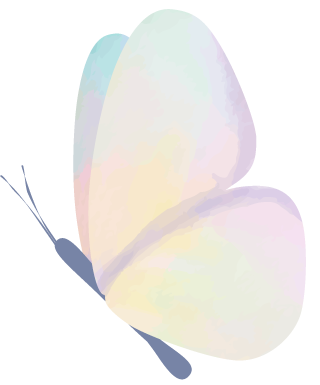
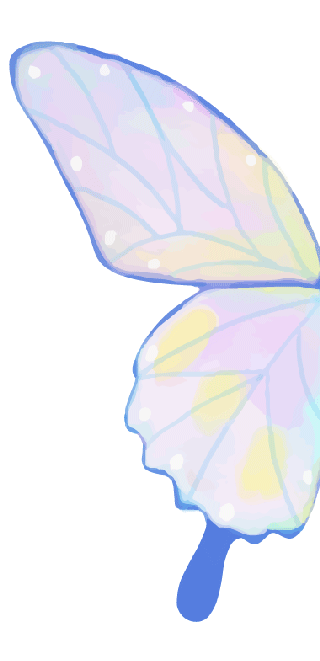
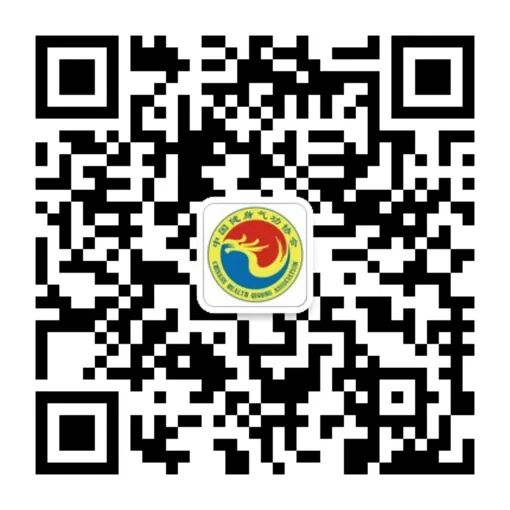
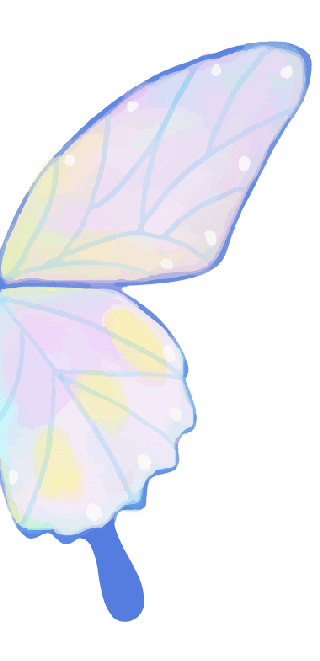
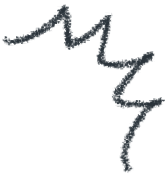
Official Douyin account of the China Fitness Qigong Association (please open Douyin to scan)
